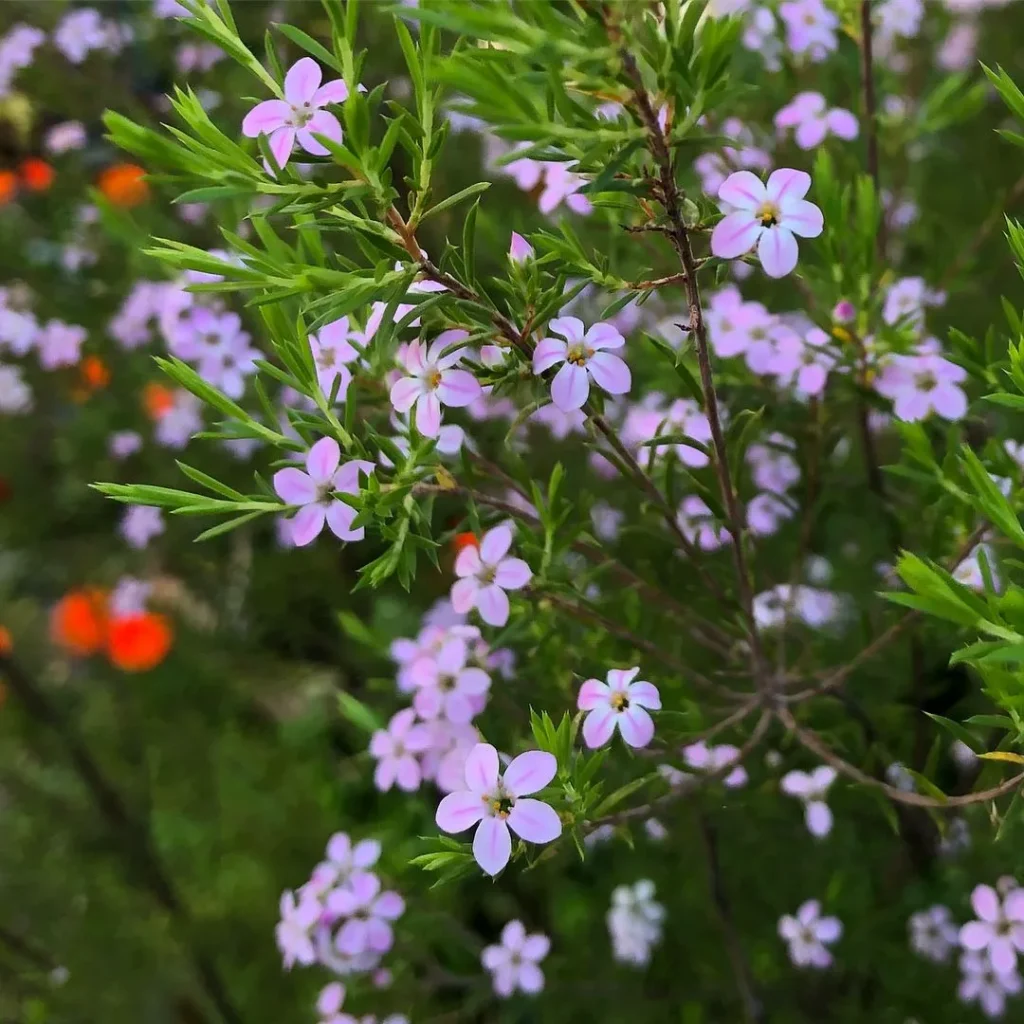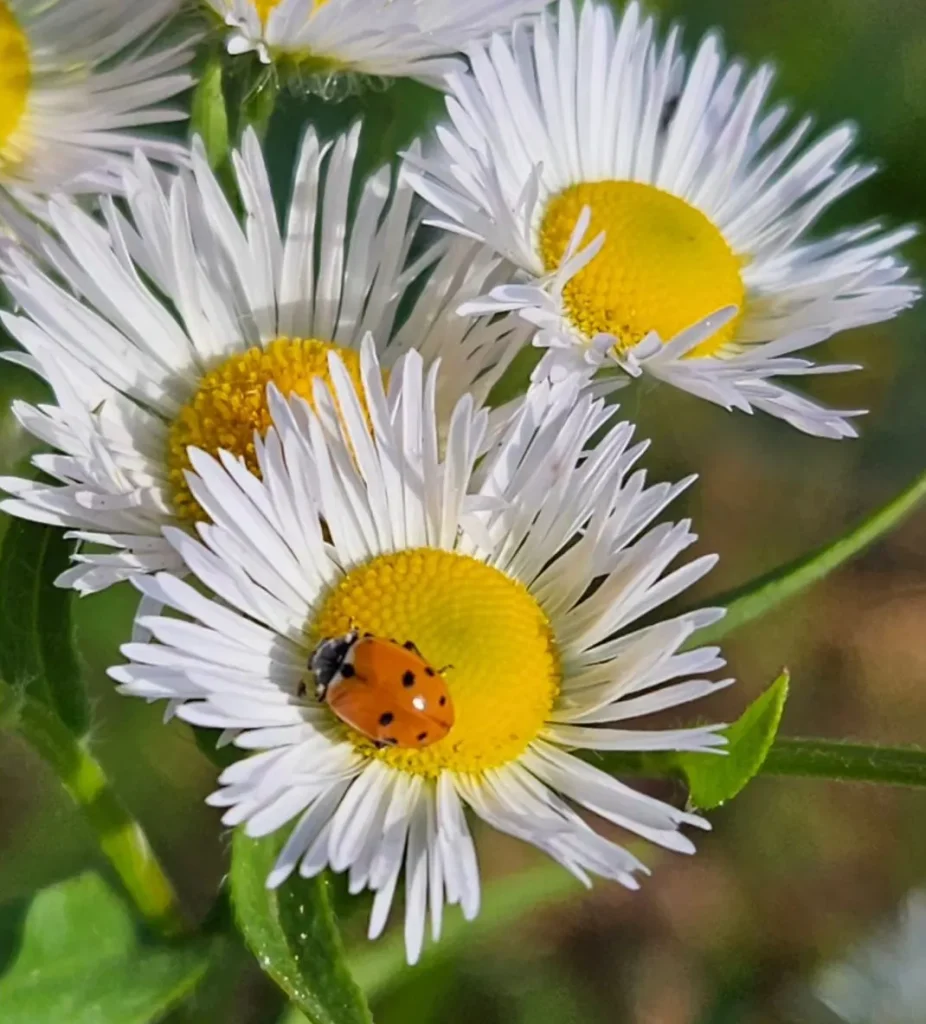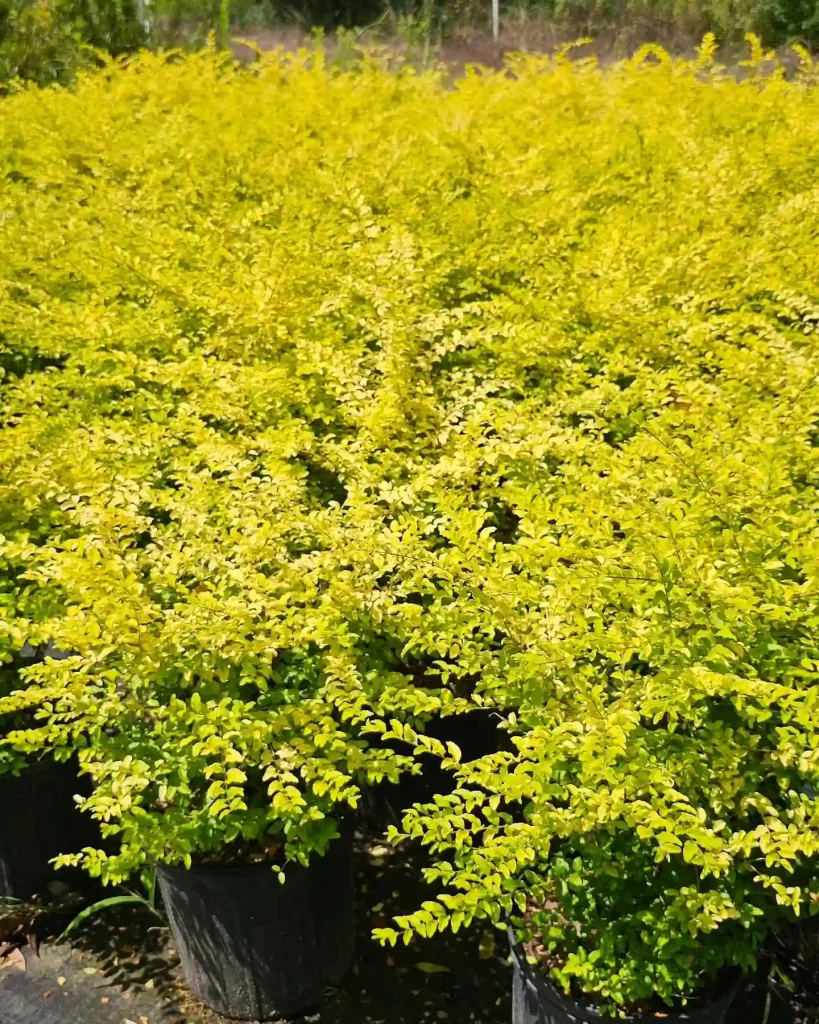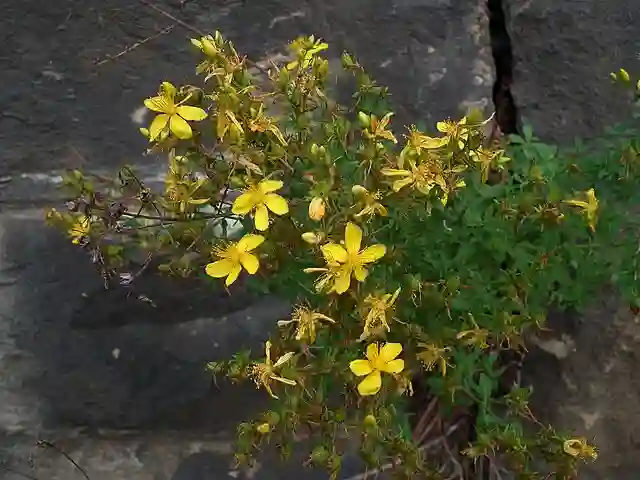
What is Euphorbia Lactea Cristata?
Euphorbia Lactea Cristata, often referred to as the “Crested Euphorbia”, is a fascinating and unique succulent known for its distinctive, wavy, and crest-like growth pattern. This plant is a mutation of Euphorbia Lactea, which is native to tropical regions of Africa and Asia. The Cristata variety is particularly prized for its unusual, fan-shaped appearance, which resembles a coral or a crest. It’s a striking addition to any collection and a conversation starter due to its unusual shape and vibrant green color.
2093 Species in Genus Euphorbia
How Rare is Euphorbia Lactea Cristata?
Euphorbia Lactea Cristata is considered relatively rare compared to other succulents. Its unique growth form is a result of a genetic mutation, making it less commonly found in the wild. As a result, it is often sought after by collectors and enthusiasts. In cultivation, it is more readily available but still can be harder to find than more common succulents. Its rarity adds to its allure and value in the plant community.
How to Care for Euphorbia Lactea Cristata?
Caring for Euphorbia Lactea Cristata involves a few specific considerations to keep it healthy and thriving:
Light Requirements
Euphorbia Lactea Cristata thrives in bright, indirect light. While it can tolerate some direct sunlight, it’s best to avoid harsh afternoon sun, which can scorch the plant. A spot near a south or east-facing window is ideal.
Watering
Like most succulents, Euphorbia Lactea Cristata prefers a dry environment. Water it thoroughly, allowing the soil to dry out completely between waterings. Overwatering can lead to root rot, so it’s crucial to ensure proper drainage. In winter, reduce watering frequency as the plant’s growth slows down.
Soil
A well-draining soil mix is essential for Euphorbia Lactea Cristata. Use a cactus or succulent mix, or create your own by mixing regular potting soil with sand or perlite. This helps prevent water from sitting around the roots, which can cause rot.
Temperature and Humidity
Euphorbia Lactea Cristata prefers warm temperatures and does not tolerate frost. It thrives in temperatures between 65-85°F (18-29°C). It can handle low humidity but should be protected from extreme drafts or sudden temperature changes.
Fertilizing
Feed Euphorbia Lactea Cristata with a diluted, balanced fertilizer during the growing season (spring and summer). Avoid fertilizing in winter when the plant is dormant.
Pruning and Maintenance
Pruning isn’t usually necessary for this plant unless you need to remove damaged or dead parts. Handle it with care, as the sap can be irritating to the skin and eyes.
How to Propagate Euphorbia Lactea Cristata?
Propagation of Euphorbia Lactea Cristata is possible but requires some patience and care. Here’s how you can do it:
By Stem Cuttings
- Select a Healthy Stem: Choose a healthy, mature stem to cut.
- Prepare the Cutting: Using a clean, sharp knife, cut the stem at the base. Allow the cut end to dry for a few days to form a callus.
- Planting: Once the cut end has callused, plant it in a well-draining succulent mix. Water lightly until roots begin to form.
- Care for the Cutting: Keep the cutting in bright, indirect light and ensure the soil remains dry.
From Seed
Though less common, you can also propagate Euphorbia Lactea Cristata from seed. Sow seeds in a well-draining mix and keep them in warm, bright conditions. Seeds should be kept moist but not waterlogged.
What to Plant With Euphorbia Lactea Cristata?
Euphorbia Lactea Cristata pairs well with other succulents and cacti that have similar care requirements. Consider planting it with other low-maintenance succulents like Haworthia, Aloe Vera, or Sedum. These plants share similar light and soil needs and can create an attractive, low-maintenance display.
Can You Grow Euphorbia Lactea Cristata Indoors?
Yes, Euphorbia Lactea Cristata is well-suited for indoor growth. It requires bright, indirect light, making it ideal for a sunny windowsill. Ensure that it has good airflow and is placed in a pot with excellent drainage to avoid overwatering issues.
Is Euphorbia Lactea Cristata Toxic?
Yes, Euphorbia Lactea Cristata is toxic if ingested. The plant’s sap can be irritating to the skin and eyes. Always handle it with care and keep it away from pets and young children. If ingested, contact a healthcare provider immediately.
Benefits of Growing Euphorbia Lactea Cristata
Besides its unique appearance, Euphorbia Lactea Cristata can help improve indoor air quality by filtering pollutants. Its low-maintenance nature makes it a great choice for busy individuals or those new to succulent care.
Common Problems with Euphorbia Lactea Cristata
Common issues include:
- Overwatering: This can lead to root rot and other fungal problems.
- Sunburn: Too much direct sunlight can scorch the plant.
- Pests: While not common, watch for mealybugs or spider mites.
Compare with Similar Plants
Euphorbia Lactea Cristata is often confused with other Euphorbia varieties, such as Euphorbia Lactea or Euphorbia Milii. While all belong to the Euphorbiaceae family, the Cristata’s unique cresting pattern sets it apart. It’s also different from cacti like the Coral Cactus, which has a similar appearance but is a separate species.
In summary, Euphorbia Lactea Cristata is a striking plant that adds a unique touch to any collection. With proper care, propagation, and handling, it can be a rewarding addition to both indoor and outdoor gardens.
If i die, water my plants!



